Ranitidine-Akos 20s 150 mg coated tablets
$3.10
Description
The instruction
for medical use
of Ranitidin-AKOS Torgovoye medicine a name
of Ranitidin-AKOS
the International unlicensed
name Ranitidine Dosage Form
of the Tablet, coated 0.15 g and 0.3 g
Structure
One tablet contains
active agent – ranitidine a hydrochloride (in terms of ranitidine) – 150 mg, 300 mg,
excipients: lactose, cellulose microcrystalline, povidone, calcium stearate, starch corn,
structure of a cover: gipromelloza, macrogoal, tropeolin 0, titan dioxide, propylene glycol, talc
Description
of the Tablet, coated, yellow color, round, biconvex.
Pharmacotherapeutic group
Antiulcerous drugs and drugs for treatment of a gastroesophageal reflux (GORD). Blockers of N2-of histamine receptors.
The code of automatic telephone exchange A02BA02
the Pharmacological
Pharmacokinetics Quickly properties is soaked up, meal does not influence extent of absorption. Bioavailability – 50%. The maximum concentration – 150 mg of ranitidine, time necessary for achievement of the maximum concentration – 2-3 h. Communication with proteins of plasma – 15%. Badly gets through a blood-brain barrier, gets through a placental barrier and into breast milk (concentration in breast milk at the woman in the period of a lactation is higher, than in plasma). It is slightly metabolized in a liver with formation of a dezmetilranitidin and S-oxide of ranitidine. Has effect of the first passing through a liver. Speed and extent of elimination depend on a condition of a liver a little. Elimination half-life at the normal clearance of creatinine (CC) – 2.5 h, at KK of 20-30 ml/min. – 8-9 h.
It is removed by kidneys – 60-70% (mainly in not changed type of 35%) and through intestines.
Pharmacodynamics
Blocker of H2-histamine receptors of the II generation. The mechanism of action is connected with blockade of H2-histamine receptors of membranes of covering cells of a mucous membrane of a stomach. Suppresses day and night secretion of NCl and also basal and stimulated, reduces the volume of the gastric juice caused by stomach stretching food loading, effect of hormones and biogenous stimulators (gastrin, a histamine, acetylcholine, Pentagastrinum, caffeine). Reduces quantity of NCl in gastric juice, practically without suppressing the hepatic enzymes connected with P450 cytochrome does not affect concentration of gastrin in plasma, products of slime. Reduces activity of pepsin.
Does not affect concentration of Ca2 + in blood serum. After oral administration in therapeutic doses prolactin does not affect concentration (perhaps taking place slight increase of concentration of prolactin in blood serum after intravenous administration of ranitidine in a dose of 100 mg and more).
Does not influence removal of hormones of a hypophysis: gonadotrophin, thyroid stimulating hormone and somatotropic hormone. The quantity and composition of sperm does not affect concentration of cortisol, Aldosteronum, androgens or estrogen, mobility of spermatozoa, and also has no anti-androgenic effect.
Can weaken vasopressin release.
Strengthens protective mechanisms of a mucous membrane of a stomach and promotes healing of its damages connected with influence of NCl (including to the termination of gastrointestinal bleedings and scarring of stressful ulcers), by increase in formation of gastric slime, the maintenance in it of glycoproteins, stimulation of secretion of a hydrocarbonate a mucous membrane of a stomach, endogenous synthesis in it of Pg and speed of regeneration. In a dose of 150 mg suppresses secretion of gastric juice during 8-12 h. Inhibits microsomal enzymes (more weakly than Cimetidinum).
Indications
– treatment and prevention – a peptic ulcer of a stomach and a 12-perstny gut
– the NPVP-gastropathy
– the heartburn (connected with a hyperacidity)
– hypersecretion of gastric juice, symptomatic ulcers
– stressful ulcers of digestive tract
– an erosive esophagitis, a reflux esophagitis
– Zollingera-Ellison’s syndrome
– a system mastocytosis
– polyendocrine adenomatosis
– the dyspepsia which is characterized by the epigastric or retrosternal pains connected with meal or interrupting a sleep, but not caused by above-mentioned states
– treatment of bleeding from upper parts of digestive tract
– prevention of a recurrence of gastric bleedings in the postoperative period
– prevention of aspiration of gastric juice at patients to whom operations under the general anesthesia (Mendelssohn’s syndrome)
– an aspiration pneumonitis (prevention)
– a pseudorheumatism (as auxiliary therapy)
the Route of administration and doses
Ranitidine are performed – AKOS accept irrespective of meal, without chewing, washing down with a small amount of liquid. Adults and children are more senior than 14 years:
A peptic ulcer of a stomach and a 12-perstny gut (in an aggravation phase), postoperative ulcers – 150 mg 2 times a day or 300 mg for the night within 4-8 weeks. At patients with the ulcers which did not cicatrize for this term – continuation of treatment within the next 4 weeks.
Prevention of a recurrence – 150 mg for the night, for the smoking patients – 300 mg for the night.
The NPVP-gastropathy – 150 mg 2 times a day or 300 mg for the night within 8-12 weeks, prevention – on 150 mg 2 times a day.
An erosive reflux esophagitis – 150 mg 2 times a day or 300 mg for the night within 8 weeks, if necessary prolong a course of treatment up to 12 weeks. At the II-III article of weight the reflux esophagitis a dose is increased up to 600 mg/days in 4 receptions within 12 weeks. Long preventive therapy – 150 mg 2 times a day.
Zollingera-Ellison’s syndrome – an initial dose of 150 mg 3 times a day, if necessary – up to 6 g/days.
At chronic episodes of dyspepsia – on 150 mg 2 times a day within 6 weeks.
Patients with a renal failure need correction of the mode of dosing. At KK less than 50 ml/min. – 150 mg/days. In the presence of the accompanying abnormal liver function the further dose decline can be required.
The patient who is on a hemodialysis, the next dose is appointed right after the termination of a hemodialysis.
Side effects
Sometimes
– nausea, dryness in a mouth, a constipation, diarrhea, an abdominal pain, jaundice, increase in activity of hepatic transaminases
– a headache, dizziness, a hyperthermia, increased fatigue, drowsiness, insomnia, emotional lability, concern, alarm, a depression, nervousness
Seldom
– the hepatocellular, cholestatic or mixed hepatitis, acute pancreatitis
– a leukopenia, thrombocytopenia, an agranulocytosis, a pancytopenia, a neutropenia, immune hemolytic and aplastic anemia
– a lowering of arterial pressure, bradycardia, tachycardia, a vasculitis, arrhythmia, atrioventricular (AV) blockade
– confusion of consciousness, sonitus, irritability, hallucinations (generally at elderly patients and seriously ill patients), involuntary movements.
– illegibility of visual perception, accommodation paresis
– an arthralgia, myalgia
a giperprolaktinemiya, a gynecomastia, an amenorrhea, decrease in potency and/or a libido
– allergic reactions: seldom – a Quincke’s disease, an acute anaphylaxis, a multiformny exudative erythema, including Stephens-Johnson’s syndrome, exfoliative dermatitis, a toxic epidermal necrolysis sometimes – urticaria, skin rash, an itching, a bronchospasm
– other:
the Contraindication alopecia
– hypersensitivity to ranitidine and excipients
– pregnancy and the period of a lactation
– children’s age up to 14 years
Medicinal interactions
Increases the area under a curve concentration time (AUC) and concentration of a metoprolol in blood serum (respectively for 80 and 50%), at the same time elimination half-life of a metoprolol raises from 4.4 to 6.5 h.
Reduces absorption of an itrakonazol and ketokonazol.
Metabolism in a liver of phenazone, Aminophenazonum, diazepam, hexobarbital, propranolol, a metoprolol, nifedipine, warfarin, diazepam, lidocaine, Phenytoinum, theophylline, Aminophyllinum, indirect anticoagulants, a glipizida, Buforminum, metronidazole, the blockers slow calcium channels (BSCC) oppresses.
Increases concentration of procaineamide.
Antacids, sukralfat slow down ranitidine absorption (at simultaneous use the break between reception of antacids and ranitidine has to be not less than 1-2 h).
The medicines oppressing marrow increase risk of a neutropenia.
Special instructions
With care the Renal and/or liver failure, cirrhosis with encephalopathy (in the anamnesis), a sharp porphyria (including in the anamnesis), oppression of immunity.
Symptoms of a peptic ulcer of a 12-perstny gut can disappear within 1-2 weeks, therapy should be continued until scarring is not confirmed with data of endoscopic or X-ray analysis.
Can mask the symptoms connected with a stomach carcinoma therefore before an initiation of treatment it is necessary to exclude existence of a malignant new growth.
Ranitidine, it is undesirable to cancel sharply (a syndrome of ricochet).
At long-term treatment of the weakened patients in the conditions of a stress bacterial damages of a stomach with the subsequent spread of an infection are possible.
Blockers of H2-histamine of receptors should be accepted in 2 h after reception of an itrakonazol or a ketokonazol in order to avoid considerable reduction of their absorption.
Can be the cause of false positive reaction when conducting albumin test in urine.
Increases the level of creatinine, gamma glutaminetransferase (GGT) and transaminases in blood serum.
Counteracts influence of Pentagastrinum and a histamine on acid-forming function of a stomach therefore during 24 h preceding the test it is not recommended to apply it.
Suppress skin reaction to a histamine, resulting, thus, in false-negative results (before conducting diagnostic skin tests for identification of allergic skin reaction of immediate type use of drug is recommended to be stopped).
The efficiency of drug in inhibition of night secretion of acid in a stomach can decrease as a result of smoking.
During treatment it is necessary to avoid consumption of food, drinks and other medicines which can cause irritation of a mucous membrane of a stomach.
In the absence of improvements the consultation of the doctor is necessary.
The feature of influence of medicine on ability to run the vehicle or potentially dangerous mechanisms
during treatment needs to abstain from driving of motor transport and occupations potentially dangerous types of activity demanding the increased concentration of attention and speed of psychomotor reactions since dizziness, especially after reception of an initial dose is possible.
To apply on doctor’s orders.
Overdose
Symptoms – spasms, bradycardia, ventricular arrhythmias.
Treatment is symptomatic. At oral administration the induction of vomiting or/and gastric lavage is shown. At development of spasms – diazepam in/in, in bradycardia – atropine, ventricular arrhythmias – lidocaine. The hemodialysis is effective.
The form of release and packing
On 10 tablets place in blister strip packaging from a film of the polyvinylchloride and printing aluminum foil varnished.
2 blister strip packagings together with the instruction for medical use in the state and Russian languages place in a pack from cardboard.
To Store storage conditions in the dry, protected from light place at a temperature not above 25 °C
to Store in the places inaccessible for children!
3 years
not to use a period of storage after an expiration date.
Prescription status
According to the prescription
JSC Sintez Producer.
Russian Federation, 640008, Kurgan, Konstitutsii Avenue, 7.
bodies./ fax (3522) 48-16-89
The name and the country of the owner of the registration certificate
of JSC Sintez, the Russian Federation
the Address of the organization accepting in the territory of the Republic of Kazakhstan claims from consumers on quality of products
of STOFARM LLP,
000100, Republic of Kazakhstan, Kostanay region, Kostanay, Uralskaya St., 14
ph. 714 228 01 79
To develop
Additional information
| Ingredient |
|---|





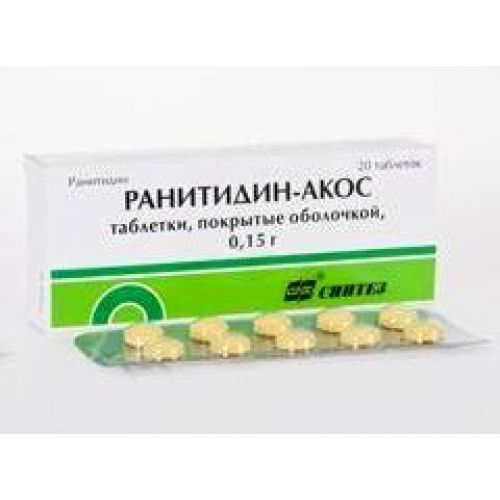
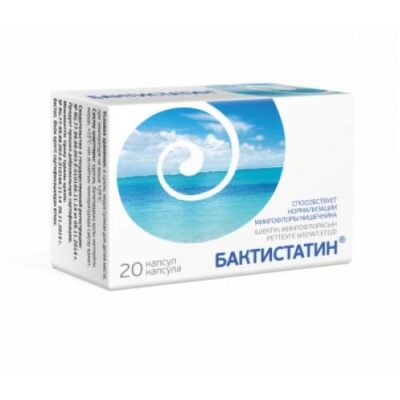
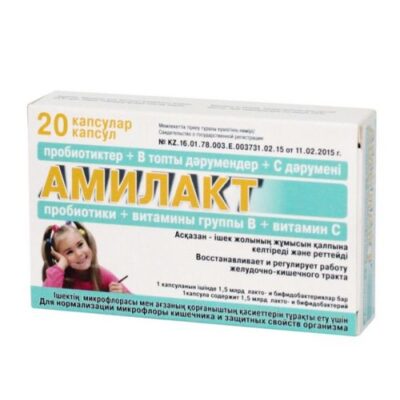
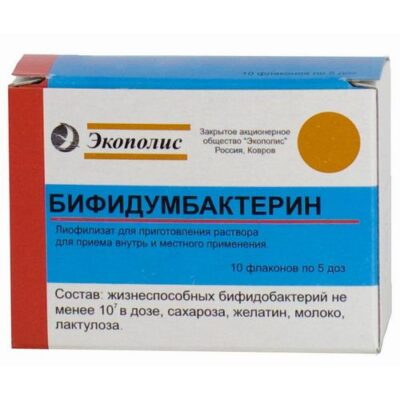
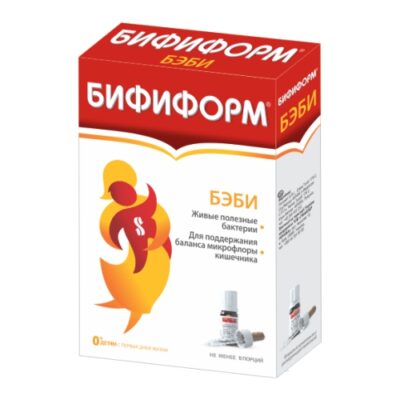
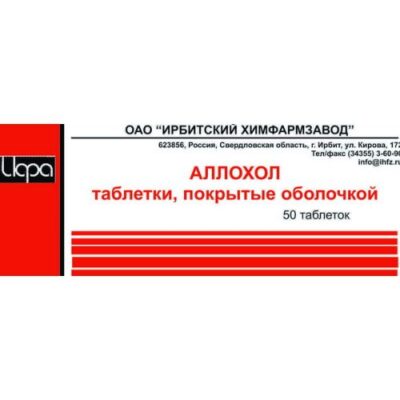
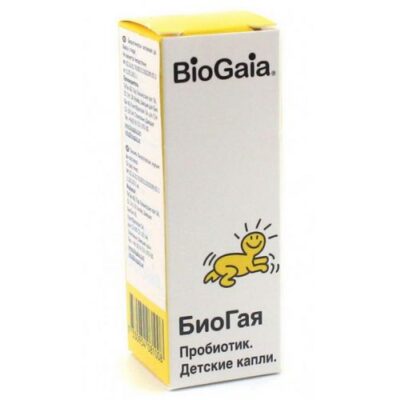
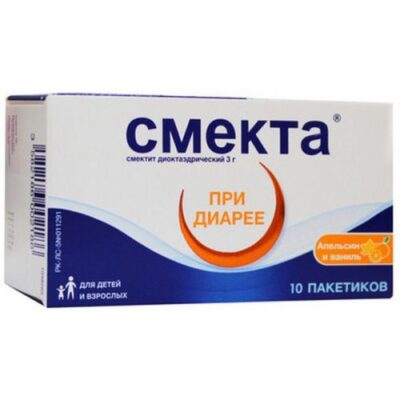
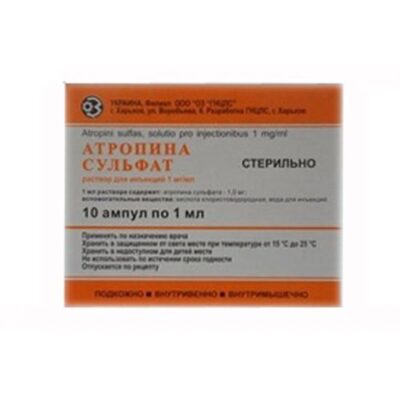
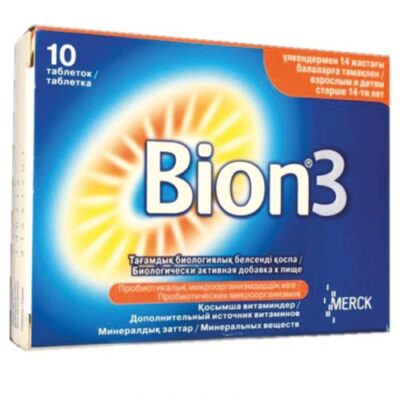
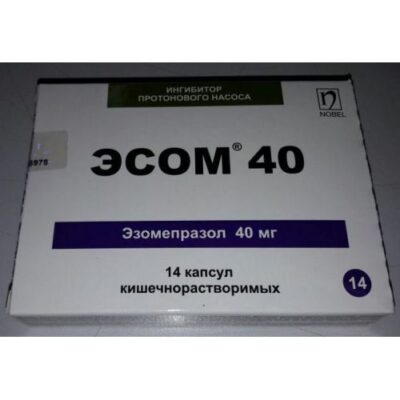






Reviews
There are no reviews yet.